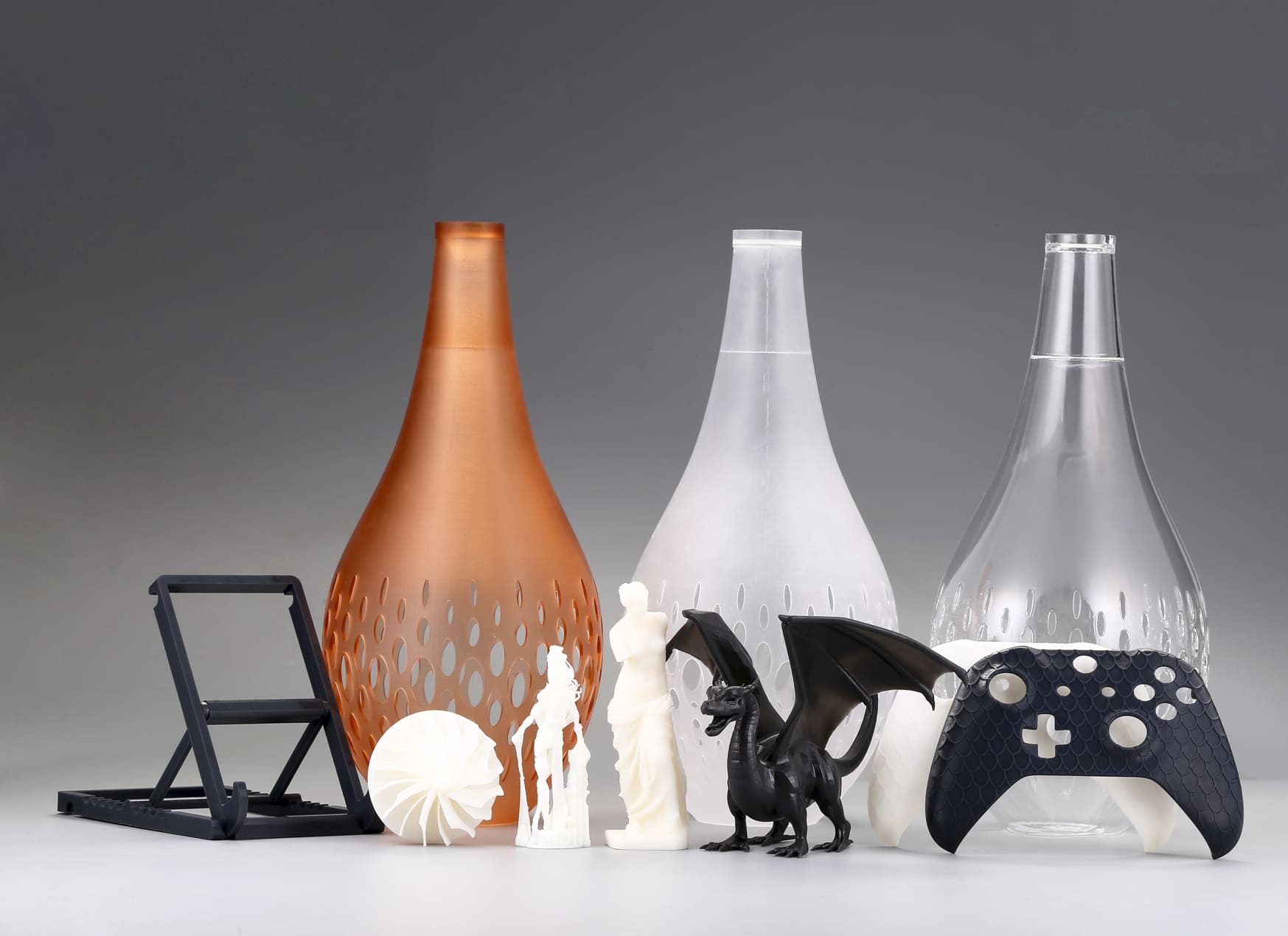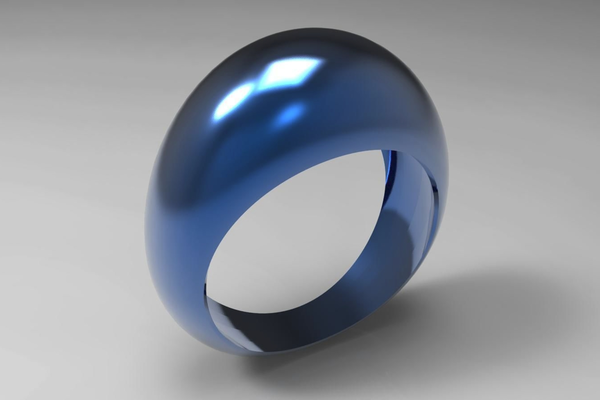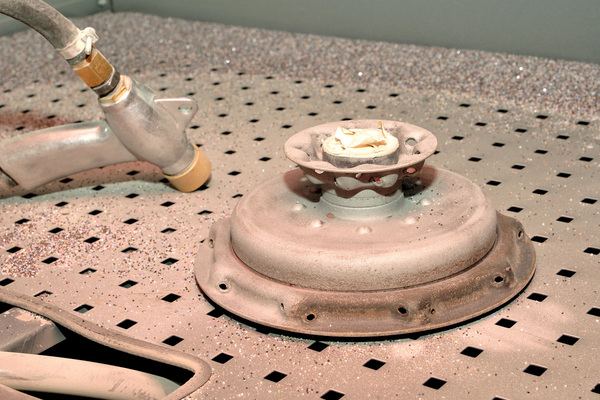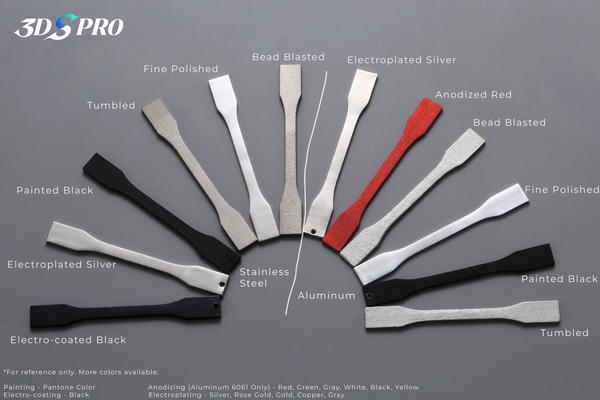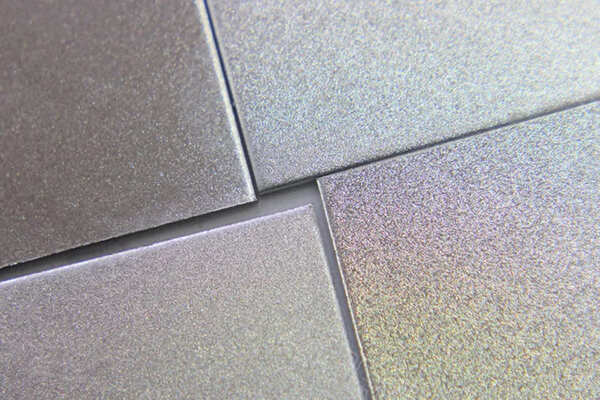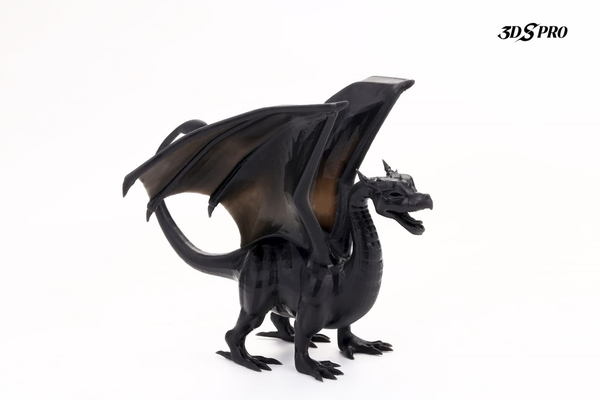What is sanding in post-processing?
Sanding in post-processing refers to the technique of manually or mechanically smoothing the surface of 3D printed parts by using abrasive materials, such as sandpaper, sanding blocks, etc.
Sanding aims to remove layer lines, imperfections, and rough edges that are common in 3D prints due to the layer-by-layer building method. By sanding, the surface finish of the printed parts is significantly improved, resulting in a smoother, more polished appearance.
Sanding is especially crucial for parts that will be painted, coated, or used in applications where aesthetics and tactile quality are important. It is widely used across various 3D printing materials, including plastics, resins, and metals, to achieve the desired level of surface refinement.

Why use sanding?
- Improves Surface Finish: Removes layer lines and imperfections, resulting in a smoother and more polished appearance.
- Enhances Aesthetics: Provides a refined finish essential for parts intended for visual applications.
- Prepares for Painting and Coating: Ensures better adhesion for paints and coatings, leading to more durable and visually appealing results.
- Reveals Hidden Defects: Identifies any hidden defects or weak points in the print, allowing for necessary corrections.
- Improves Functionality: Ensures better fit and adhesion when parts are assembled, improving overall functionality.
Materials and Tools Needed
To achieve a high-quality surface finish when sanding 3D printed parts, it’s essential to have the right materials and tools. You’ll need:
1. Sandpaper
Various grits ranging from coarse (80-100) to fine (400-600) and ultra-fine (1000-2000) address different stages of the sanding process.
2. Sanding Blocks
Rigid or flexible blocks to support the sandpaper and provide even pressure, ensuring a smooth finish.
3. Water
Wet sanding helps to reduce dust and prevent clogging of the sandpaper, leading to a finer finish.
4. Protective Gear
Safety goggles to protect your eyes from dust and debris; dust mask or respirator to avoid inhaling fine particles; gloves to protect your hands during sanding.
5. Cleaning Materials
Soft brushes or compressed air to remove dust and debris from the part during and after sanding. Clean, lint-free cloths for wiping down the parts.
6. Lubricants
Water or specialized sanding lubricants to reduce friction and improve the sanding process, especially for wet sanding.
7. Sanding Sponges
Flexible sanding sponges that can conform to the shape of the part are useful for sanding curved or irregular surfaces.
8. Detail Sanding Tools
Small files or precision sanding sticks for reaching tight corners and intricate details that larger tools can’t access.
Types of Sandpaper and Grit Selection
Selecting the appropriate sandpaper and grit is crucial for achieving a high-quality finish on 3D printed parts. Sandpaper comes in various types and grits, each suited for different stages of the sanding process and material types.
Types of Sandpaper
- Aluminum Oxide: Commonly used for general-purpose sanding. It is durable and suitable for sanding a variety of materials, including plastics and metals.
- Silicon Carbide: Known for its sharp cutting abilities and hardness, it is ideal for sanding harder materials and achieving fine finishes. It is often used in wet sanding applications.
- Garnet: Provides a smoother finish compared to aluminum oxide and is typically used for finer sanding and finishing tasks on softer materials.
- Ceramic: Extremely hard and durable, making it suitable for heavy-duty sanding applications. It lasts longer than other types of sandpaper and is often used for coarse sanding.
Grit Selection
- Coarse Grit (60-100): Used for initial sanding to remove large imperfections, layer lines, and rough edges. It quickly removes material and shapes the part but leaves a rough surface.
- Medium Grit (120-220): Transitional stage grit is used to smooth out the surface after coarse sanding. It removes scratches left by the coarse grit and begins to refine the surface.
- Fine Grit (320-600): Used for finishing and achieving a smoother surface. It removes fine scratches and prepares the part for further finishing processes, such as painting or polishing.
- Ultra-Fine Grit (800-2000+): Used for the final polishing stages, providing a highly smooth and polished finish. It is especially important for parts that require a high degree of surface smoothness and clarity, such as transparent parts or final aesthetic finishes.
Selecting the Right Grit Sequence
- Start with Coarse Grit: Begin with a coarse grit to remove the most significant imperfections and shape the part.
- Progress to Medium Grit: Move to a medium grit to refine the surface and eliminate the scratches left by the coarse grit.
- Finish with Fine and Ultra-Fine Grit: Use fine and ultra-fine grits to achieve a smooth, polished finish. This step may involve wet sanding to achieve the best results.
Sanding Tips
- Start Coarse, Finish Fine: Begin with a coarse grit to remove large imperfections, then progress through finer grits to achieve a smooth finish.
- Wet Sand for Best Results: Wet sanding reduces dust and keeps the sandpaper from clogging. It also helps achieve a finer finish, especially on higher grits.
- Use Consistent Pressure: Apply even pressure while sanding to avoid creating grooves or uneven surfaces. Let the sandpaper do the work rather than pressing too hard.
- Sand in Circular Motions: Use circular motions to sand the part evenly, covering all areas without focusing too much on one spot, which helps prevent sanding marks and ensures a uniform surface.
- Clean Between Stages: After each grit stage, clean the part to remove sanding residue, which prevents debris from scratching the surface when moving to finer grits.
- Be Patient: Sanding can be time-consuming, but rushing through the process can result in a poor finish. Take your time to ensure each grit has done its job before moving to the next.
- Inspect Frequently: Regularly check your progress to ensure you’re achieving the desired results, which helps catch any issues early and allows for adjustments as needed.
- Use Proper Safety Gear: Always wear protective gear such as goggles, a dust mask, and gloves to protect yourself from dust and debris.
- Sanding Sponges for Curves: Use sanding sponges or flexible sandpaper for curved or intricate parts. They conform to the shape better and provide a more consistent finish.
- Final Polish: After the final sanding stage, consider a polishing compound for an extra-smooth finish, especially for parts that require high visual quality.

Smooth Sanding Services for Resin 3D Prints at 3DSPRO
At 3DSPRO, we offer specialized smooth sanding services for resin 3D prints to ensure your parts achieve a flawless, professional finish. We deliver high-quality, smooth-finished SLA 3D printed parts that are ready for further processing or direct use.
Order SLA 3D printing and post-processing services on our instant quoting systems and get the costs instantly.














